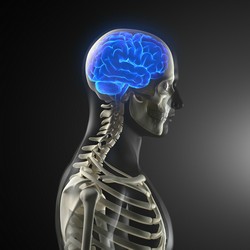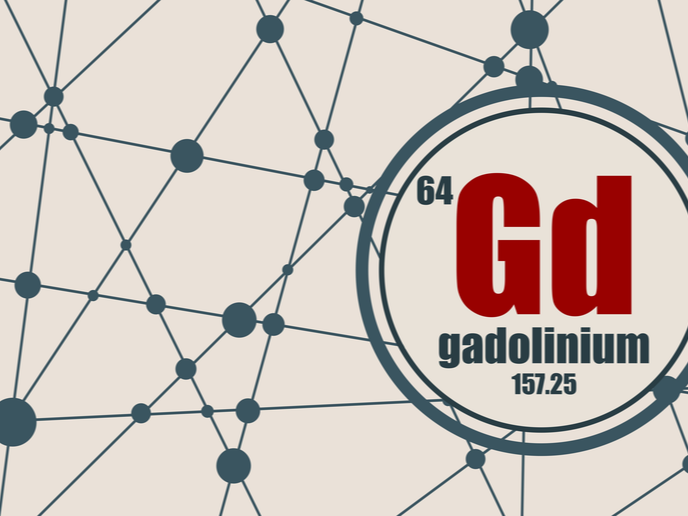How the brain determines behaviour and movement
Research has indicated that the striatum, a collection of neurons in the subcortical basal ganglia, controls precise timing needed for movement. The striatum receives input from many brain areas but sends output only to other components of the basal ganglia, responsible for voluntary motor control, procedural learning, and eye movement. The debilitating motor symptoms of Parkinson's disease are due to a deficiency of dopamine and other neuromodulators causing dysfunction of microcircuits in the striatum. When levels of dopamine are too high, involuntary actions take place; too little and actions are difficult to carry out. Researchers with the EU-funded SELECT-AND-ACT(opens in new window) (The role of striatum in selection of behaviour and motor learning - neuronal code, microcircuits and modelling) project investigated the function of the basal ganglia located in the striatum. To achieve this, partners analysed multicellular microcircuits of striatal sub-populations. Using lamprey, rats and primates as models, they investigated input from the cortex and the thalamus, and how the dopaminergic and histaminergic systems are modified. Interestingly, the basic design of the basal ganglia that evolved some 560 million years ago in the first vertebrates has been maintained. Increased complexity has driven selection for an increased number of modules, each responsible for a certain pattern of behaviour. Patch electrodes were used to record the activity of neurons, and also monitor the synaptic response to different input systems. The researchers showed how specific subtypes of neurons are activated – making decisions on how to move in a certain situation, learning new strategies and formation of habitual routines. Mathematical modelling was used to integrate the vast amount of data at cell and systems level. A variety of severe psychiatric and neurological conditions such as attention deficit hyperactivity disorder, schizophrenia, Huntington’s and obsessive compulsive disorders, all involve a dysfunction of the basal ganglia. Research results from SELECT-AND-ACT will boost understanding of the different types of symptoms of these disorders and facilitate the development of specific neuropharmacological targets for therapy.







